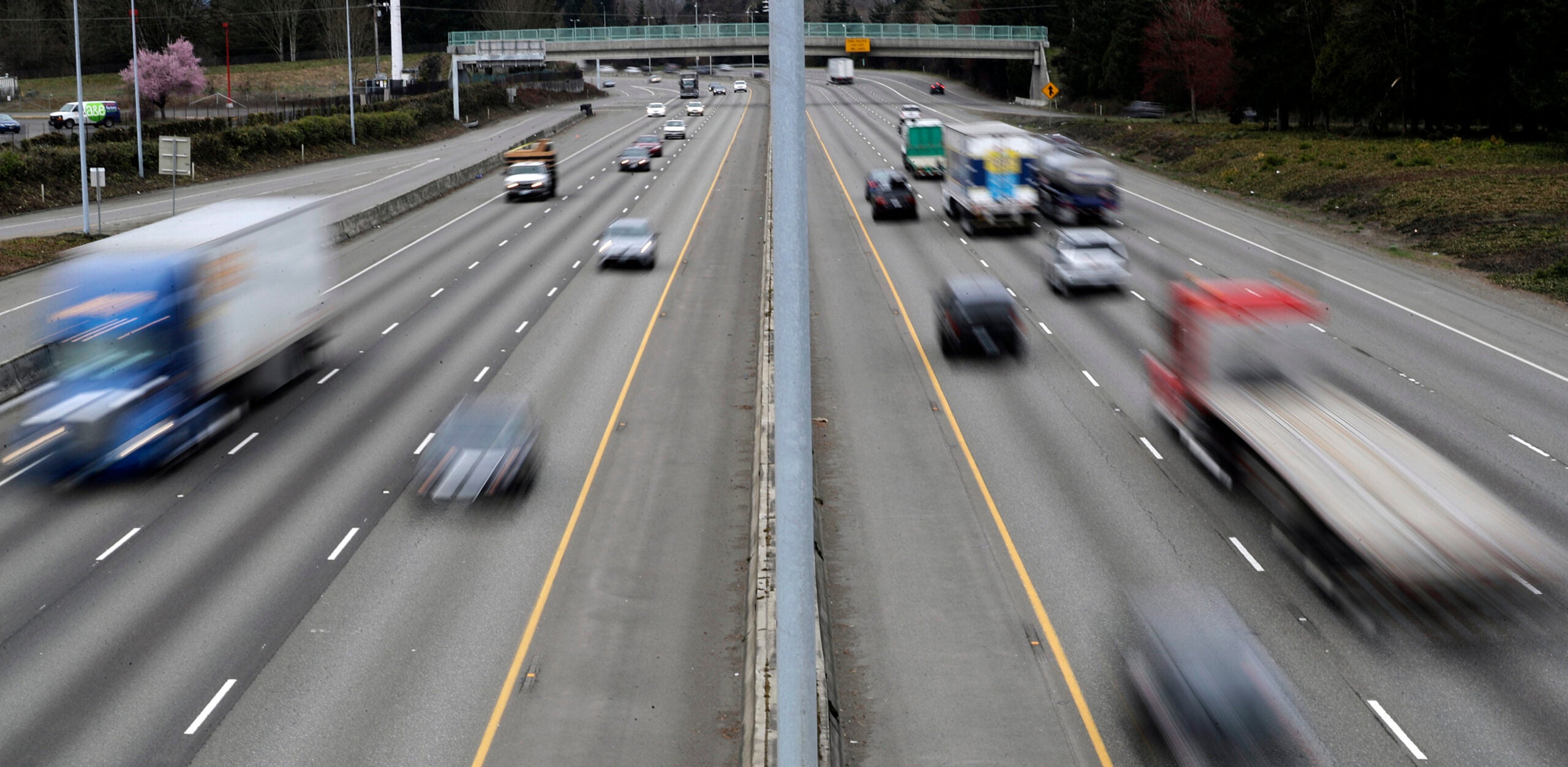World
Florida is building the world’s largest environmental restoration project
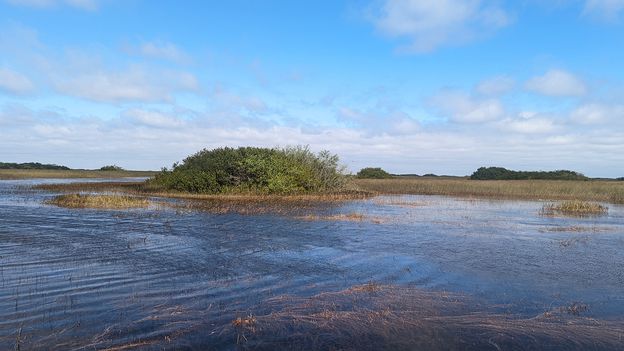
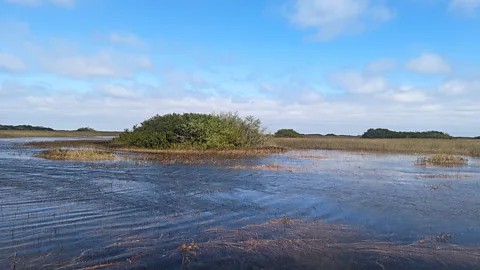 Lucy Sherriff
Lucy SherriffFlorida is embarking on an ambitious ecological restoration project in the Everglades: building a reservoir large enough to secure the state’s water supply.
The reservoir, which is part of an historic restoration of the Everglades ecosystem, is intended to help bring a secure, long-term supply of clean drinking water to Florida’s residents.
The Everglades Agricultural Area (EAA) reservoir will be located south of Lake Okeechobee, the largest freshwater lake in Florida, and conservationists have dubbed the project “the crown jewel” of the Everglades’ restoration.
“It is the single most important project to store, clean and send water from Lake Okeechobee to nourish the Everglades and supply clean drinking water to millions in South Florida,” Meenakshi Chabba tells BBC Future Planet. Chabba is an ecosystem scientist at the Everglades Foundation, one of the non-profit organisations that advocated for the project.
“The water will help recharge the aquifer that provides drinking water to millions of people in South Florida,” says Jason Schultz, a spokesperson for the South Florida Water Management District (SFWMD).
The reservoir, a joint project between the US Army Corps of Engineers and the SFMD, is a small cog in a large initiative to restore the Everglades. The multi-billion dollar Comprehensive Everglades Restoration Plan was passed by Congress in 2000, and includes 68 infrastructure projects across Florida. The Everglades Foundation tells the BBC the restoration plan is the “largest environmental restoration project” in the world.
The infrastructure projects range from rehydrating carbon-sequestering wetlands, to building a complex network of stormwater treatment areas, smaller reservoirs and water control structures – and they’re at varying stages of completion. The whole project is due to be completed in 2029.
A shortage of drinking water
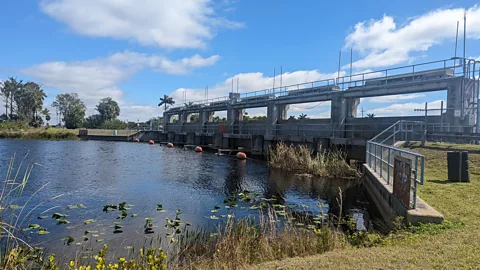 Lucy Sherriff
Lucy SherriffIn 2021, the Florida Department of Environmental Protection concluded in its annual water supply report: “Florida’s current fresh water supply is projected to be unable to meet all of the growing needs of Floridians in the future without the development of alternative water supply projects”.
In Miami-Dade County, the most populous in Florida, the Biscayne Aquifer is the primary source of drinking water. Due to sea level rise, the aquifer is vulnerable to saltwater intrusion, threatening contamination of the water supply. To protect its drinking water, the county is restoring canal systems and installing salinity control structures – gates which help separate fresh water and saltwater. Mangrove forests are being restored too, because they help slow the movement of saltwater through canals, keeping the water behind the gates fresher.
Although Florida receives ample rainfall – flooding is one of the state’s top hazards – the ecosystem’s natural water filtration systems have also been heavily altered and polluted by humans, Chabba explains, meaning Florida is still facing water shortage issues.
Chabba believes that the restoration plan will help protect the state’s supply. “The freshwater flowing across the Everglades recharges Biscayne Aquifer, which provides drinking water to millions of South Florida residents,” she says.
“Increasing freshwater inputs through restoration has the potential to slow down the impacts of saltwater intrusion into our vulnerable water supply.”
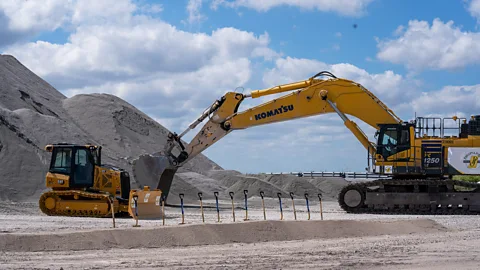 Getty Images
Getty ImagesAssefa Melesse, professor at the Institute of Environment at Florida International University, says the reservoir can benefit the drinking water supply indirectly and directly, as well as potentially reducing pressure on other water sources during dry periods. But, Melesse notes, “rising sea levels and changing rainfall patterns could affect the project’s long-term effectiveness”. When it comes to safeguarding Florida’s drinking water supply, saltwater intrusion is a bigger problem than replenishing groundwater, says Barry Rosen, a professor of ecology and environment at Florida Gulf Coast University specialising in algal blooms.
“This intrusion is a really big deal,” he says, “because the entire ecosystem is a leaky system. It’s an extremely delicate balance between drinking water and flood control.” If the Everglades system is dehydrated, more saltwater can intrude, Rosen says. But too much freshwater in the ecosystem and there’s issues with flooding.
A ‘significant challenge’
The reservoir is designed to move clean water south to nourish the Everglades, says the SFWMD, as well as reducing algal blooms and replenishing Florida’s aquifers – where the drinking water is pulled from.
But Rosen is sceptical of just how much difference the reservoir will make, saying modelling how the reservoir will work is one thing, but the reality could be entirely different.
Florida receives around 51in (130cm) of rain annually. Around 38in (97cm) evaporates or runs off the land into surface waters – lakes, rivers and streams – leaving 13in (33cm) on average to recharge aquifers.
“You want to put the water in [the reservoir] when it’s available to store it,” Rosen continues, “so, when it’s raining. But will it have the capacity we want every single year to store water? Is it going to be full certain years? To think that we’ll just have an empty reservoir sitting there waiting for rain is unlikely.”
Rosen also notes that it’s possible the reservoir itself might become home to an algae bloom. “What is the water then usable for?” he says.
At the request of the US Army Corps of Engineers, the National Academies, an independent collective of scientists, has provided independent assessments of the project since 2004. In the latest assessment – the ninth to be carried out – the scientists noted that although the project was moving at a “remarkable pace”, there was “substantially less [water] storage than originally envisioned” when it came to the Lake Okeechobee system.
“Some treatment area discharges remain far from target values,” the scientists wrote. “The state’s current efforts should continue to improve the function of those areas, although meeting and sustaining the requirements in all of those areas by water year 2027 will be a significant challenge.”
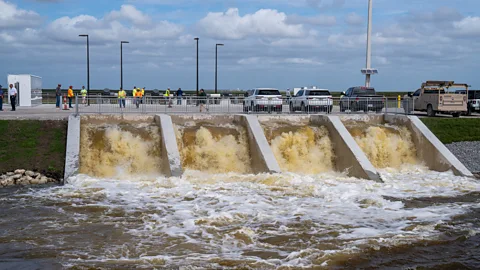 Lucy Sherriff
Lucy SherriffStorms, droughts and the difficulties of managing such large natural water treatment systems make it difficult to meet these targets, says Stephanie Johnson, senior programme officer at the National Academies. “The storm treatment areas [will] be considered the among the best performing in the world, even though they are not yet all meeting the targets.”
Polluted waterways and red tides
The problem stems in part from Lake Okeechobee, which is often host to algae blooms itself. When the lake gets too full, excess water is discharged into the surrounding waterways. The Army Corps of Engineers is responsible for the discharges, and the agency sends water to the coastlines in either direction: to the Atlantic Ocean and the Gulf Coast.
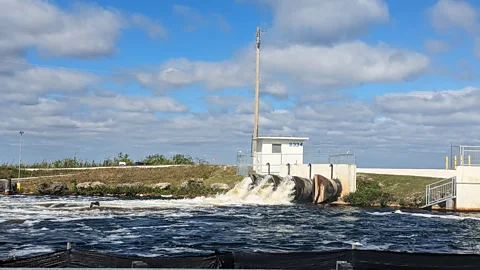 Lucy Sherriff
Lucy Sherriff“It’s complicated. Can you really get the relief you want from a reservoir?” Rosen says. “The reservoir is not going to resolve the whole thing. But if it shaves a little bit of the problem, then great. If the system is better restored it will be more resilient.”
One of the aspects of the restoration project is improving and enlarging stormwater treatment areas. Part of the reason why water cannot be sent south to the Everglades is because all the current stormwater treatment areas south of Lake Okeechobee are at full capacity cleaning the sugar industry’s wastewater, says Chabba.
“This underscores the critical need for building the EAA Reservoir and its stormwater treatment area so that we can have capacity to hold and clean this water when the lake’s levels are too high,” she says.
“The EAA Reservoir and Stormwater Treatment Area is a cornerstone project that reduces damaging discharges that harm our coastal communities while providing fresh, clean water to America’s Everglades and Florida Bay,” Schultz, the spokesperson for SFWMD adds. “Additionally, the reservoir will help to reduce harmful discharges to the St Lucie River, the Caloosahatchee River and the Lake Worth Lagoon.”
Natural solutions
In the 1940s, the Everglades was cut off from its primary source of freshwater: Lake Okeechobee, and around 1.5 million acres (600,000ha) – roughly half of the Everglades – was cleared and drained to claim the land for building. As a result, the ecosystem was devastated.
Although the reservoir is still under construction and won’t be completed until 2029, smaller solutions have already been rolled out, such as raising roads and creating bridges for the water to flow freely underneath.
“The Everglades is a unique and complex ecosystem found nowhere else in the world and it is crucial to life in Florida,” Schultz says. “Restoring America’s Everglades is one of the most ambitious hydrologic restoration projects ever undertaken and will restore the natural flow of clean water south where it is needed most.”
One example that’s already underway is the raising of sections of the Tamiami Trail, a 284-mile (457km) highway that cuts through the Everglades. Around 6.5 miles (10.5km) of trail has been raised, and a 2.6 mile-long (4.2km) bridge installed, both which improve water flow into the Northeast Shark River Slough, an area in the Everglades National Park.
“As more water makes it way south,” Cheeba says, “the project has built vertical underground walls at different locations to ensure that nearby communities don’t get flooded. All these project components are contributing to making the Everglades regain their health and our communities become resilient.”
The National Academies report found that there had already been signs of progress, including increased hydroperiod – days per year when the soil is waterlogged – in the Picayune Strand, a state forest, and the Everglades prairies.
“The potential benefits for ecosystem restoration, water management and reduction of harmful algae blooms are significant,” says Melesse. “The reservoir is not a complete solution and is part of a broader, integrated approach to water management and environmental protection in Florida.”
Prescribed burns have also been utilised in the Everglades ecosystem, to reduce fuel and improve the flow of freshwater. Sawgrass fires improve the passage of water through shallow river basins and sloughs by burning back grass that would impede the flow.
“Water used to move naturally and slowly through Okeechobee, and we’ve permanently reduced the footprint of the Everglades,” says Rosen. “Yet the same rainfall is coming down. The best thing we can do is to get the quality improved and the quantity of water back to somewhat normal to feed the ecosystems that are left.”










